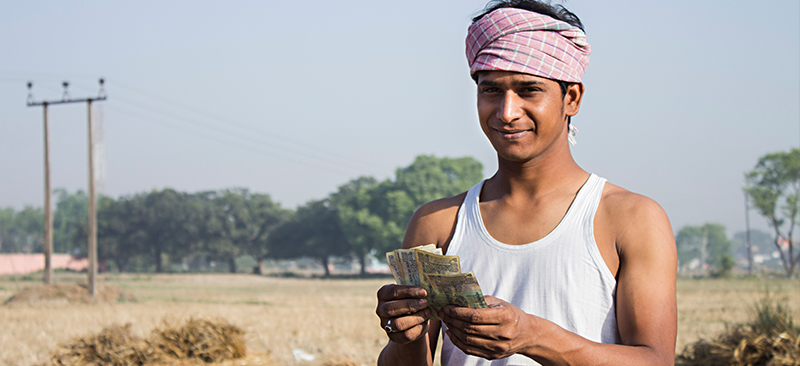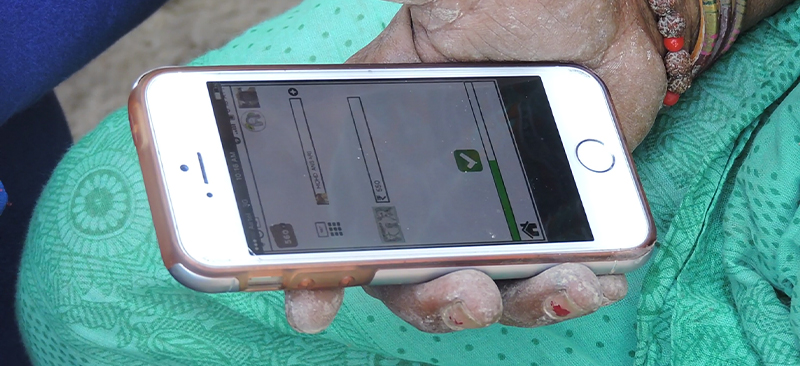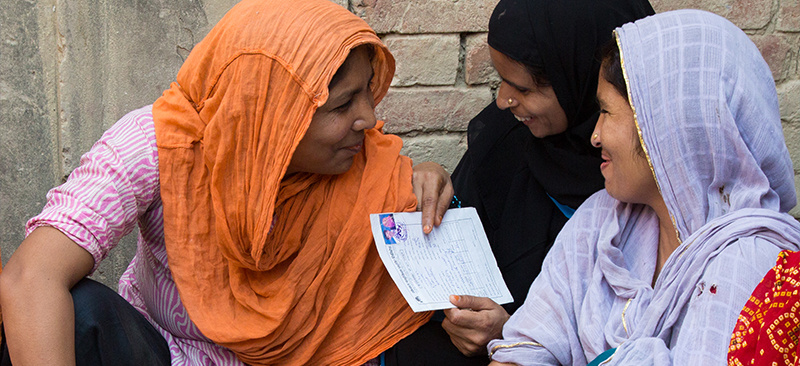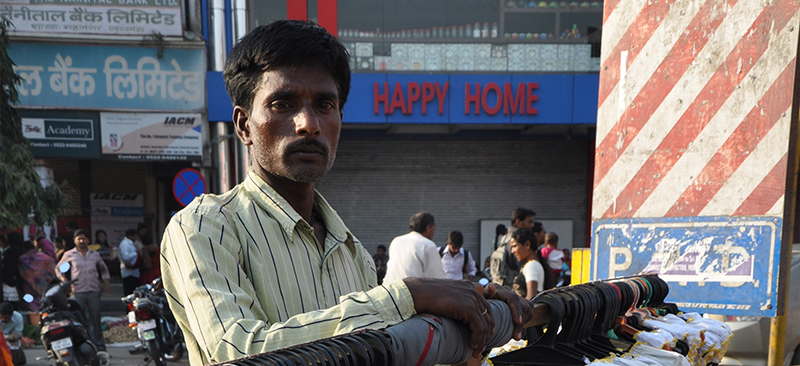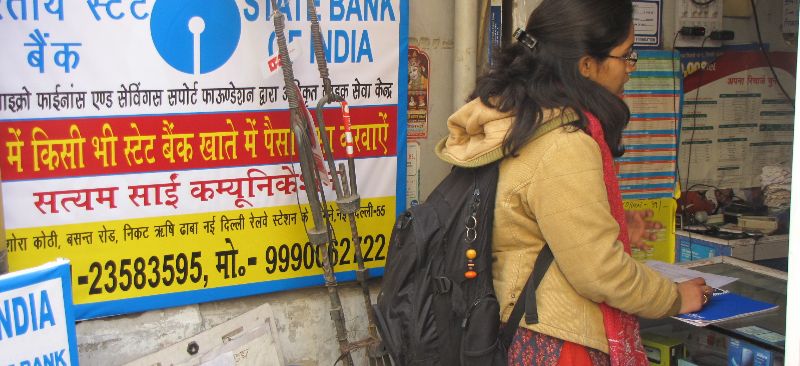MSC Group Managing Director, Graham A.N. Wright, during a live talk with MFI experts in Luxembourg.In this video, Graham debunks the hype around digital credit. He goes on to state that digital credit is not a cause for celebration as it is instigating financial exclusion.
Blog
NPCI’s Take on Customer Literacy – Mr. A.P. Hota, MD & CEO, NPCI in an Interview with MSC
MicroSave partnered with National Payments Corporation of India (NPCI) to support NPCI in their “Digital India” initiative and promote accessibility and usage of digital modes of payments across India.
Sustainability of a Financial Literacy Campaign – Mr. A.P. Hota, MD & CEO, NPCI in an interview with MSC
Shri. A P Hota (MD & CEO of National Payments Corporation of India) in an interview with Mr. Anil Kumar Gupta (Associate Director of MicroSave) shares his views on the requirements to sustain the change brought through a financial literacy campaign
NPCI’s Message for Customers – Mr. A.P. Hota, MD & CEO, NPCI in an Interview with MSC
Shri. A P Hota (MD & CEO of National Payments Corporation of India) in an interview with Mr. Anil Kumar Gupta (Associate Director of MSC) shares the message from NPCI for the customers and the digizens of India.
Challenges of a Digital India – Mr. A.P. Hota, MD & CEO, NPCI in an Interview with MSC
Shri. A P Hota (MD & CEO of National Payments Corporation of India) in an interview with Mr. Anil Kumar Gupta (Associate Director of MicroSave) speaks about the challenges that will be faced in the journey of a digital India
Are Banks All Set to Dominate Domestic Remittance Market in India?
Driven by the government’s financial inclusion agenda, as the BC model expands in multiple forms, banks and BCNMs are experiencing new consumer demand and expectations. Remittance is one of the flagship products, enabling the financially excluded majority to experience and benefit from formal financial services. Banks and BCNMs have the opportunity to grow and expand remittance as a market-led and profitable offering. Banks will benefit if they can strategically expand BC services across migrant corridors, and improve agent management practices to offer differentiated, superior and consistent customer service.
